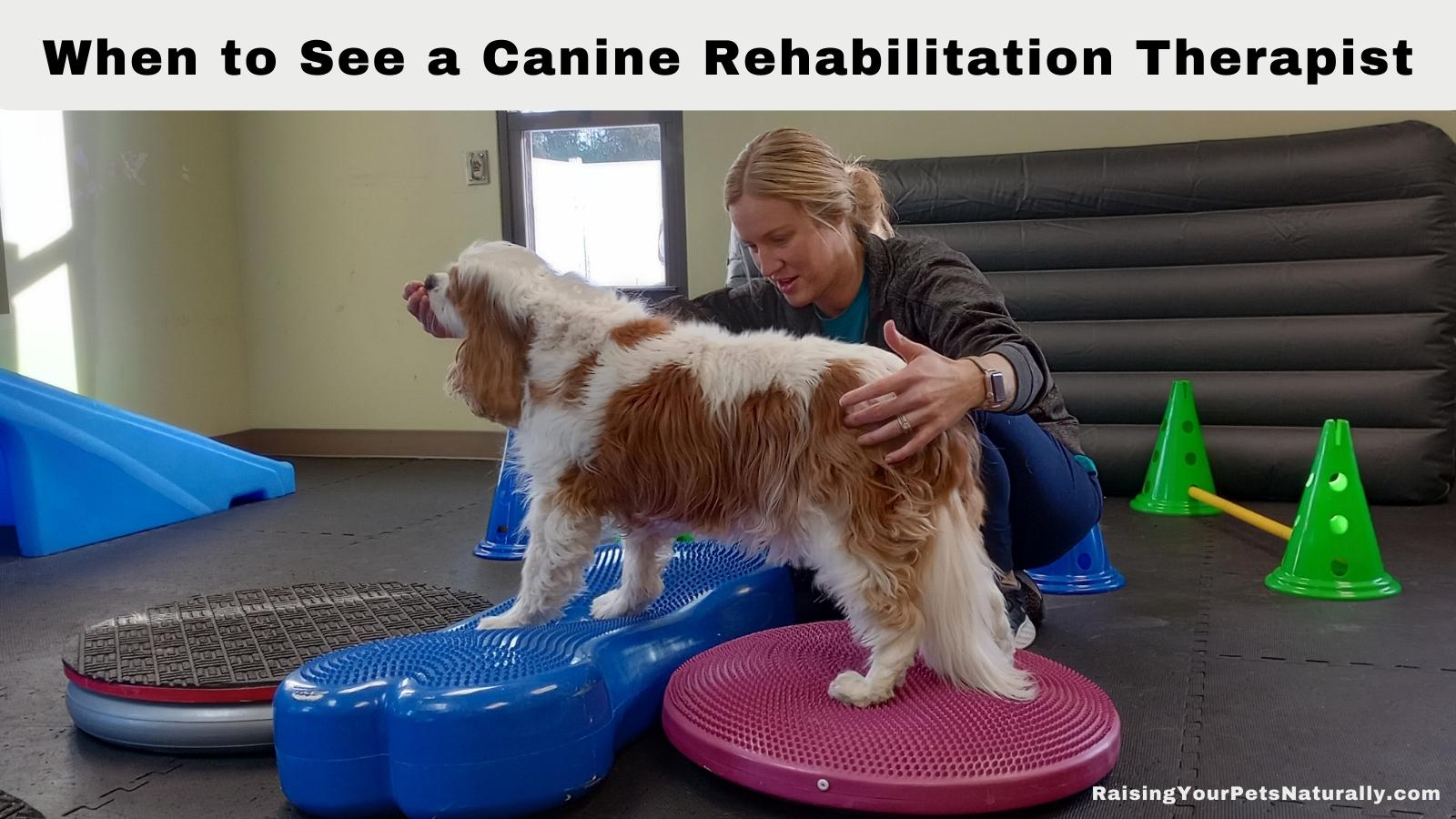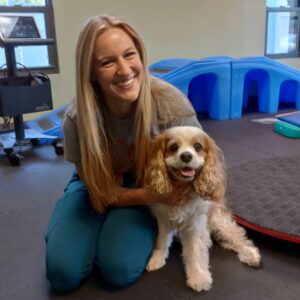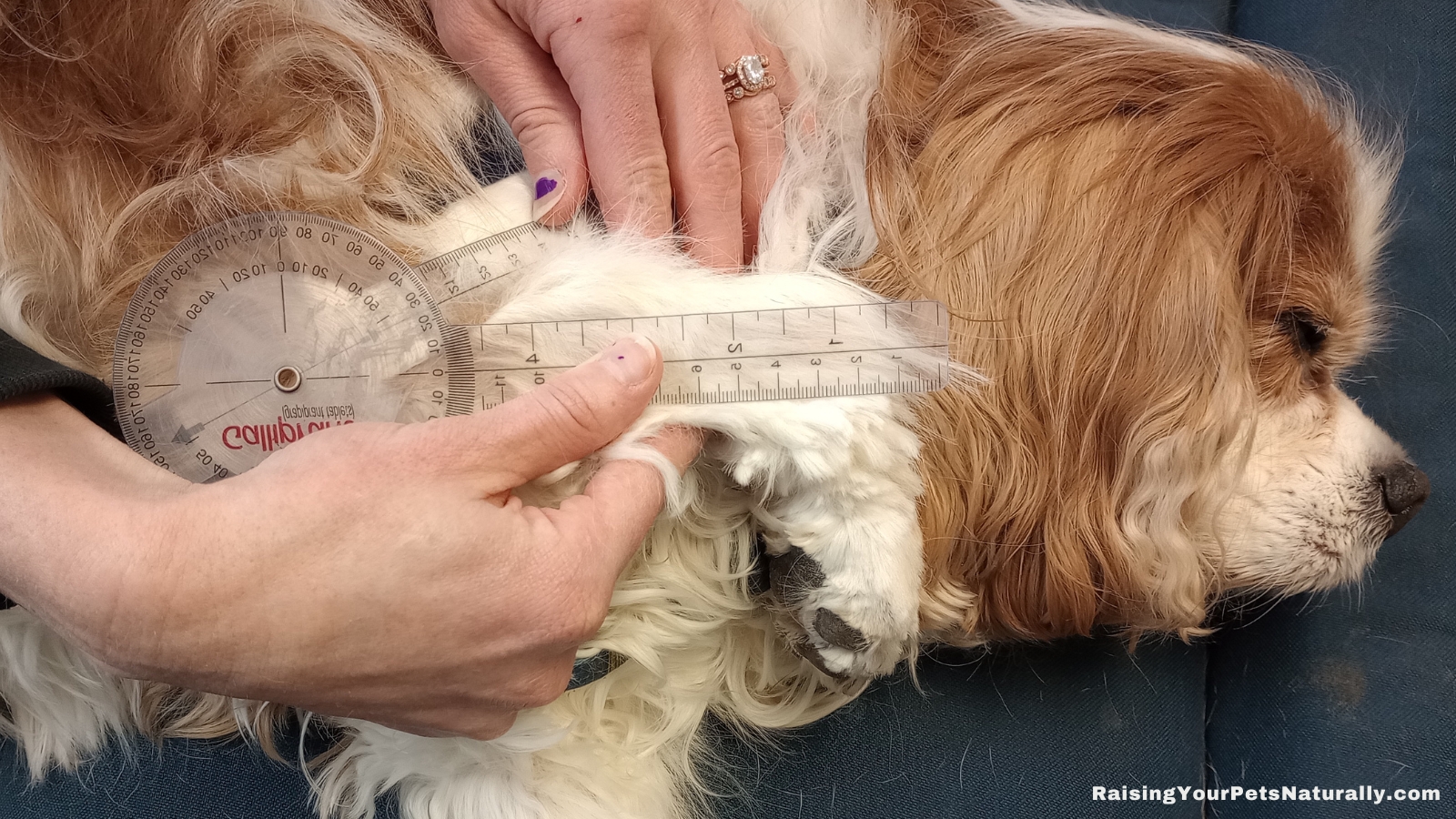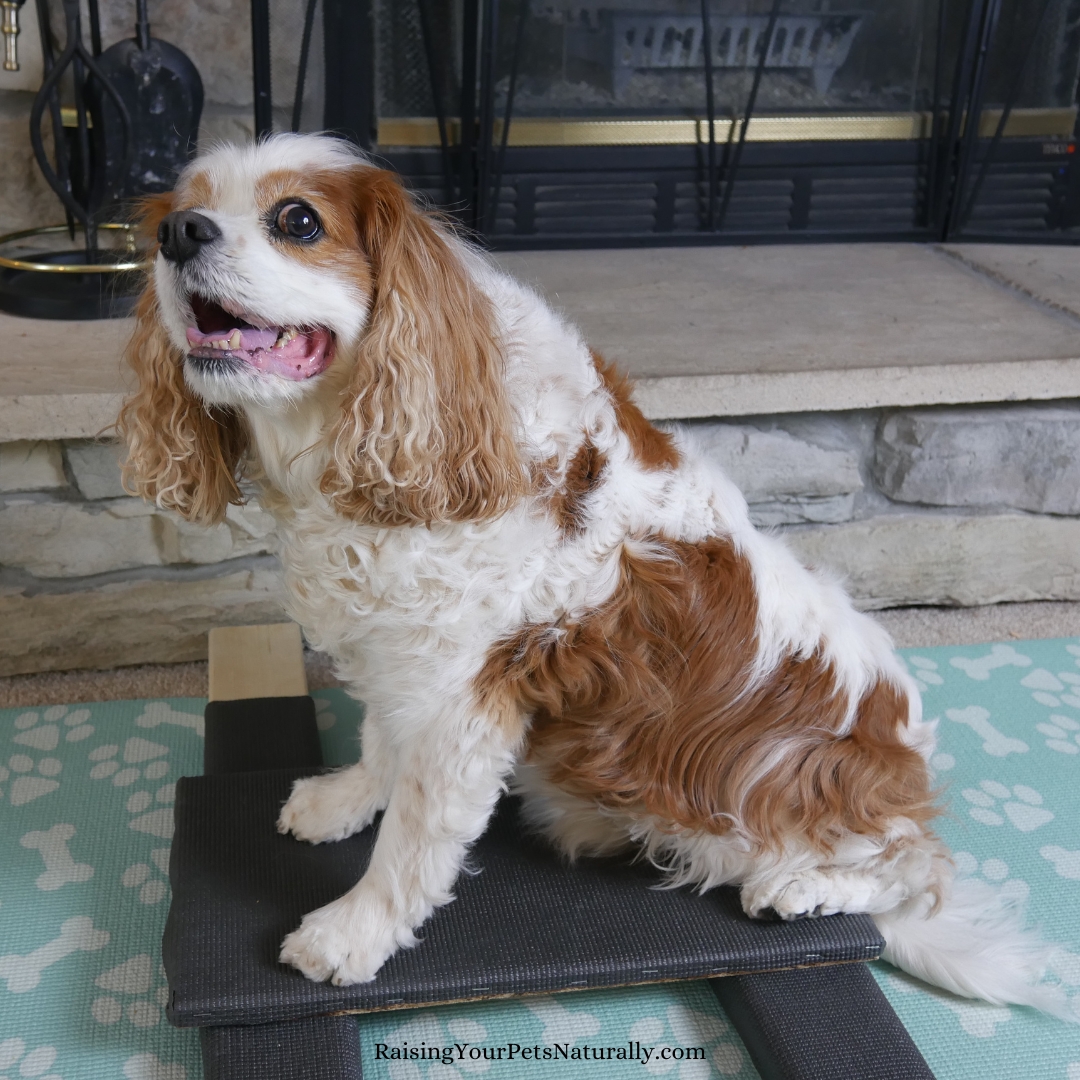Google Adsense—>

Can you go to another vet for a second opinion?

Have you ever left your dog’s veterinary appointment with less than satisfactory results? Or maybe you just feel that there is more you can do for your dog’s medical care and treatment. Sometimes it may feel like a slippery slope when you want a second opinion on your dog’s care. But, it shouldn’t make you uneasy. In fact, by looking for a second opinion or requesting to see a canine specialist, you are providing your dog with the best care possible. He has you and only you to make the decisions for him.
The first thing I’d like to explain, is there are a variety of canine specialties, even in the medical field. Cardiology, internal medicine, neurology, nutrition, and rehabilitation are just a few that come to mind. If you needed to have a tumor removed from your brain, you wouldn’t see your general doctor, you would see a neurologist. The same is true for your pets! The right specialists wouldn’t be instead of your dog’s regular veterinarian but in addition to.
The Importance of Canine Fitness Exercises and Games
Today, I want to discuss canine rehabilitation and canine physical therapy in particular. It’s probably no secret that I’m a huge fan of dog physical therapy and fitness, not only as a treatment, but as a proactive move in their care.
Various canine fitness exercises not only can improve a dog’s overall health and fitness physically, but mentally too! Appropriate puppy fitness and confidence-building games are a great way to develop a behaviorally healthy and happy dog. I also incorporate dog fitness exercises and games into my training programs for fearful or shy dogs.
Building confidence with canine fitness and games.

I am very fortunate to be surrounded by pet professionals in all fields of dog care, including Dr. Sam Wisbon Amodeo. Dr. Amodeo is a doctor of chiropractic, IVCA certified animal chiropractor, and a certified canine rehabilitation practitioner (CCRP). And, most importantly, she’s one of Dexter’s rehabilitation practitioners. I spoke with her in-depth about canine chiropractic care, fitness, and rehabilitation for dogs.
Dexter’s care with Dr. Amodeo.
Question. What Does Canine Physical Therapy, Rehabilitation and Fitness Entail?
Answer Dr. Sam Wisbon Amodeo. Being a chiropractor, we try to restore proper function back to the spine to allow the body to heal itself. The spine controls the nerves; the nerves control muscles and organs. You need all your body parts to operate appropriately in order to function. We restore the body back to optimal health to allow for a happier and healthier lifestyle and to be pain-free.
Any animal can benefit from chiropractic care. I treat anywhere from puppies and kittens to geriatric dogs. I also treat horses, cows, pigs, and goats. Anything with a spine should be adjusted.
Now, let’s talk about rehab….I am a certified canine rehabilitation practitioner. Rehab also tries to restore the body to proper function. We use different techniques and modalities in order to decrease pain and improve the range of motion and mobility of the patients. Usually, we see post-surgical or geriatric dogs and cats, but rehab isn’t just for old or injured dogs.

Rehab can be used in many different ways to create happier and healthier pets. We want them to enjoy their lives as long and as pain-free as possible. We want to prevent further surgeries and injuries. We want them to be able to run and jump, catch toys, and chase the squirrels. An injury doesn’t have to be debilitating for the pet. We want to restore health and function and get them back to their daily normal activities.
Rehab isn’t just for injuries and geriatric dogs. Rehab is great for preventative measures, gaining core strength and proprioception, off-season training and weight-loss programs. It’s great for preventative measures and proactive roles. We can check for any ailments that could become issues down the road. We can gain muscle, improve endurance, develop lean muscle mass, help the cardiovascular system, gain core strength, and tweak any sloppy behaviors. It’s also good for preventing injuries and inflammation. It also gives us a baseline as well to see where they started to be able to catch any injuries before they appear.
Assessing Your Dog at Home
As a dog mom, I’ve always played a very proactive role in Dexter’s care. If I feel something isn’t right, I dig until I can find some kind of answer. This has led me to see neurologists, cardiologists, and various professionals specializing in canine rehabilitation, such as Dr. Amodeo.
I’ve had dog parents contact me regarding their dog’s health, seeking answers. I’m not a veterinarian, nor do I play one on TV. But, this doesn’t mean I don’t have suggestions. My biggest suggestion: seek a second or third opinion. As I mentioned earlier, there are specialists for a reason. I spoke with Dr. Amodeo regarding this very thing.
Q. What are some at-home steps a dog parent can do to help determine if a canine rehabilitation specialist is in order?
A. Dr. Sam Wisbon Amodeo Assessing your dog’s mobility is crucial. Assessing it regularly to know what is normal and not normal is important. Google is not always your friend. If your dog knows basic commands and all of a sudden refuses to perform a sit or a down for you, they most likely are trying to tell you something hurts. If they are reluctant to jump on and off furniture or their behavior changes, they may be painful.
Asking them to perform a sit and they are very sloppy, or keep backing up or avoiding the behavior, their hips and stifles might need checked. To assess the joints you’re checking for asymmetry from one leg to the other, checking for any heat or swelling. Performing a bicycle and feeling an resistance or pull away. Bend one joint at a time to see if there is any resistance. Rub around the spine of your pet to check if their skin crawls or see if they constantly want to sit down when you touch a specific area. Rotate and move their head back and forth and up and down to assess their range of motion of their neck, assessing for any resistance or whining.

Canine Rehabilitation Specialist vs. Traditional Veterinarian
When I’m chatting with other dog parents about Dexter’s physical therapy, they often ask me why I take Dexter to a different office and person than his regular veterinarian. Again, it’s about specializing in the care he needs.
Q. What are the differences between a dog rehabilitation specialist and a traditional veterinarian?
A. Dr. Sam Wisbon Amodeo There are a few differences between a traditional veterinarian and a rehabilitation veterinarian. Yes, they have the same schooling in vet school, but a physical therapy veterinarian will then take extra classes to learn specific techniques and train their eyes to assess more whole body. Traditional veterinarians will assess your pet’s needs and concerns, but a physical therapy veterinarian will assess the pets in ways you wouldn’t think of.
They assess and stress ligaments, muscles, and tendons; check for soft tissue injuries, trigger points, tendinopathies, and arthritis. PTs will assess gait, walking and trotting. They get a picture of the whole body and treat the whole body. If a dog has hip dysplasia, they usually have painful trigger points in the triceps muscles or shoulder area due to compensation issues. Dogs that come in limping on the front legs could have undiagnosed hip dysplasia. They obtain quantitative data to be able to document progress more effectively as well.
Signs Your Pet May Need to See a Canine Rehabilitation Therapist
Q. When should a pet parent seek a second opinion or canine rehabilitation specialist?
A. Dr. Sam Wisbon Amodeo If your veterinarian has tried two or three different treatments that are constantly not working, you should seek a second opinion or specialist. Do your research about your breed. Some breeds can have underlying issues that people are not aware of or do not think of. If your gut is telling you there could be more to the symptoms, follow your gut. It doesn’t hurt to get a second opinion. You can ask every doctor in my clinic about a case, and they might tell you five different things. Everyone looks at a dog completely differently and might see something differently. It’s always good to rule out diseases as well. Sometimes it’s easier to rule out disease than come to a straight diagnosis. Also, be prepared to spend a little money. Doctors need diagnostics to function. They need X-rays, they need bloodwork, and sometimes CTs scan and MRIs. Unfortunately, the diagnostics tell us a lot about a case.
The bottom line: don’t stop pushing for your pet’s care. If something seems off, keep digging and working with various pet professionals. Remember, your pet ONLY has you as their voice. Speak up for them.
If you are in the Toledo-Metro area, be sure to visit Dr. Sam at West Toledo Animal Hospital or Perrysburg Animal Hospital.
Your questions or comments are welcome below.
Are you looking for even more ways to stay up to date with Raising Your Pets Naturally? Sign up for the newsletter for more tips and promotions. Don’t forget to be social and Like, Follow and Subscribe. Comments below are always welcome.
Facebook Twitter Pinterest Instagram YouTube
 |
 |
 |

If you found my blog helpful, please consider a small contribution. Dexter and I thank you! |
Google Adsense—>




